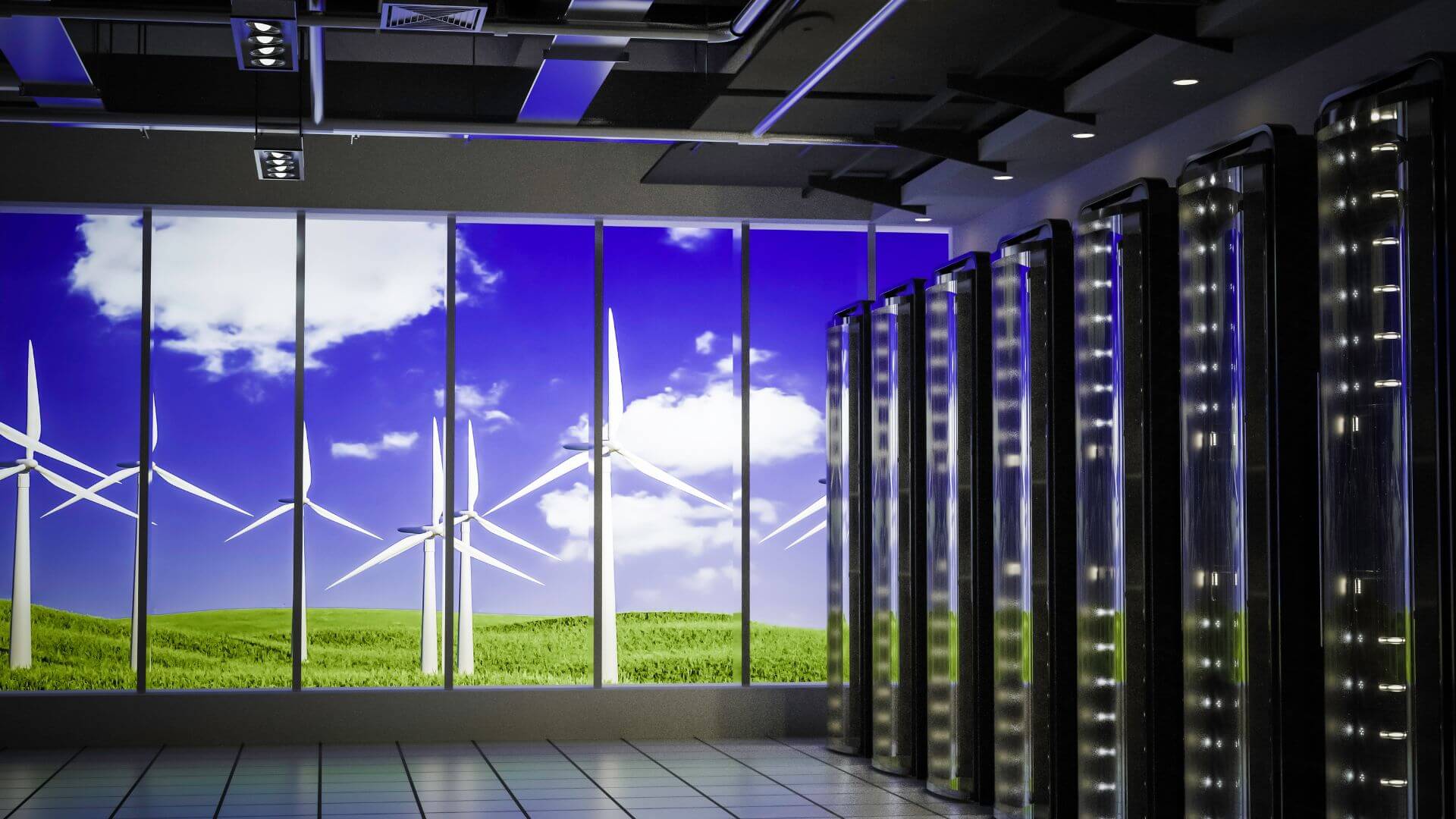
Ambitious Climate Action Amidst the Global Pandemic
By Allison Rossomondo
It has been a year of change, in many aspects. One main driver of change that has certainly impacted every person on the planet is the COVID-19 global pandemic and subsequent economic recession. At the beginning of the pandemic, many people’s lives came to a sudden halt as lockdowns were put in order and people could not physically go into work, in-person classes stopped, and only essential workers were on the roads. While the virus and pandemic have been horrendous and unprecedented, in the wake of any major global event, we must learn from the situation and move forward in a way that recognizes the challenges we faced, how we overcame them, and how we can grow back more resilient, cleaner, and stronger as a global society.
Sustainable Shifts
While navigating the ‘new normal’ for 2020, many people experienced a lifestyle shift and adopted new sustainable habits. For some people, the quarantine allowed them to get outside and immerse themselves in nature, which perhaps made them appreciate nature & our global environment even more. One popular sustainable habit has been driving less and walking & biking more. This change resulted in a large reduction in daily carbon dioxide emissions. A study from nature climate change states that the cumulative global emissions for 2020 are estimated to drop by 4 - 7%, making it the largest emissions reduction since World War II.
With less frequent trips to the store, people have also been grocery shopping more wisely. Before the pandemic, 30 - 40% of food in the US went to waste, but since we have been consuming everything we purchase and limiting the number of trips to the store, we have in turn reduced food waste.
Two other habitual changes that happened during the pandemic were avoiding unnecessary spending and trusting science. Spending and consuming wisely reduces unnecessary carbon emissions, conserves resources, and benefits our bank accounts. People also put their trust in the Center for Disease Control (CDC) and the World Health Organization (WHO) for COVID-19 facts & updates, and this act of listening to science could carry over to understanding environmental issues.
Although our global society faced awful health implications, this ‘pause’ in many people's busy lives gave the environment a break from extensive carbon emissions amongst other human-induced climate change impacts. Back in March, COVID-19 hit Italy hard, but as an uplifting consequence of less traffic on the canals, Venice’s typically murky waterways cleared up.
Clearer waters in a Venice canal on March 17, 2020 resulting from the country’s lockdown and less boat traffic. Andrea Pattaro | Getty Images
Another environmental outcome was China’s significant decrease in nitrogen dioxide (NO2), a nitrous gas emitted by vehicles and industrial facilities, as recorded by NASA and the European Space Agency (ESA)’s pollution monitoring satellites. The following maps compare NO2 values across China before and during quarantine, showing one of the most drastic decreases in NO2 emissions over this wide region.
Map of the decrease in nitrogen dioxide (NO2) in China from January 1-20, 2020 (left) to February 1-25, 2020 (right).
Countries must learn from the few positive side effects of the pandemic when planning for recovery—building back our economy, public health, and safety, and continuing towards our carbon-neutrality and sustainable development goals to keep future emissions low.
Meanwhile at CGS
Amidst the pandemic and working from home, research continued at the Center for Global Sustainability (CGS). CGS researchers, Jiehong Lou & Xingchi Shen with Deb Niemeier, conducted a study on the disproportionate effects of stay-at-home orders on low-income groups. Their motivation for this research was the income and racial inequality issues they observed since the start of the pandemic in March 2020.
“Our research shows that the consequences of this one-size-fits-all order will be differentially distributed among economic groups, and the social distance policy effect on the lower-income group is smaller than that of the upper-income group, by as much as 46% to 54%, which is huge,” says Jiehong Lou & Xingchi Shen.
One main driver of the disproportionate effects is that many low-income groups have “essential” jobs, so despite the lockdown, their work-related trips do not decrease. Adverse to general trends and our observations stated previously, this increases the number of cars on the road during a time when these groups are already vulnerable to climate change impacts.
Some possible mitigation measures to reduce the negative effects on vulnerable communities that Jiehong Lou & Xingchi Shen suggest are, prioritizing financial, health care, and economic support for vulnerable groups & essential workers and providing additional services for unemployed populations during a second-wave. Jiehong Lou & Xingchi Shen share that, “As young scholars in the public policy school, we believe it is our duty and responsibility to reveal the inequality issues and try to guard the benefits of low-income and minority groups.”
Earlier this year, CGS researcher, Lucy Qui, received a National Science Foundation grant to study the pandemic’s impact on energy consumption and energy poverty across socio-economic groups.
“I have started paying more attention to the distributional impact and inequality issues related to the impact of the pandemic as well as in general energy systems overall,” says Lucy Qui. The pandemic unveiled disproportionate impacts on lower-income groups and ethnic minorities, which, along with a previous project examining the inequitable impact of air pollution, has motivated CGS researchers to further explore this sector.
Lucy shares, “I hope that our research can provide helpful insights for policymakers to better design programs to address the energy poverty issues during this pandemic and potential future unexpected events.”
Additionally, the America’s Pledge team has been busy as CGS researchers Leon Clarke, Nate Hultman, and Christina Bowman, examined the historic moments of 2020 and the evolving climate action ambition by the U.S. for the latest America’s Pledge analysis. Their analysis looks at how the unprecedented trends in 2020 may have shifted confidence in the country's ability to reach its 2030 emissions reduction targets from Accelerating America’s Pledge models.
Moving Forward
This year, there have been sustainable shifts and research has progressed, yet there is still a lot more work that needs to be done. The December 2020 IEA report on Energy Efficiency highlights that the COVID-19 crisis added an extra level of stress for the energy sector causing the transition to energy efficiency to slow down and energy intensity to only improve by 0.8% in 2020 - half the rate from 2019. With increasing energy research and IEA’s Sustainable Development Scenario, there are strategies that we should follow to successfully get back on track to achieve our global climate and energy goals.
While we navigate back to ‘normal,’ it’s important to learn from, not only the negative health impacts but the positive environmental effects that have happened this year and why they occurred. As the pandemic continues to evolve, we must prioritize implementing mitigation measures to better protect our vulnerable communities from disproportionate effects, as identified in our CGS research. To continue to drive positive change, our global society should recognize and reflect on the environmental changes that came from both this year’s global standstill in human activity and the ambitious climate action that persisted, despite any obstacles.
Allison Rossomondo is the Digital Engagement & Communications Intern for CGS. She is also an undergraduate senior at the University of Maryland studying Environmental Science & Policy with a concentration in Marine & Coastal Management and a minor in General Business.



